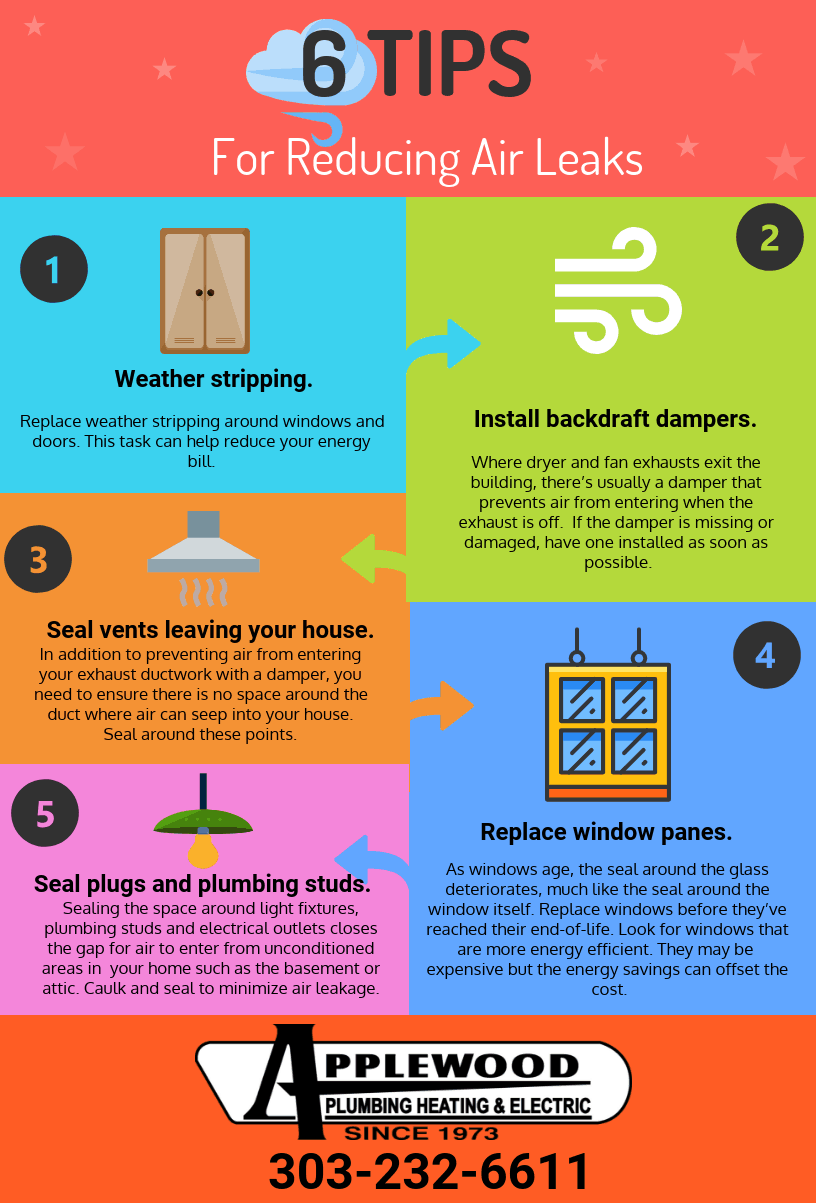Ideal Pressure Cleaning Strategies For Various Types Of Surface Areas
Ideal Pressure Cleaning Strategies For Various Types Of Surface Areas
Blog Article
Content By-Stone Puckett
When it involves push cleaning, the technique you pick can make all the difference in accomplishing a clean, streak-free coating. You may find that tough surface areas, like concrete, require a different approach than softer materials, such as wood or plastic. It's necessary to adjust your approaches to the surface area type to prevent damage while making best use of cleansing efficiency. So, what are the most effective methods for each and every surface, and how can you ensure you're making use of the ideal setups and tools for the task? Let's discover what you need to recognize to get the best results.
Tough Surfaces
When it concerns pressure washing hard surface areas, prep work is essential. Prior to you even think about pulling out the pressure washing machine, put in the time to clear the area of any kind of particles, furniture, or barriers. You don't desire anything getting in your means or potentially damaging your tools.
Next off, examine the surface for any type of splits or damages; this will certainly help you figure out the appropriate method and stress settings.
As soon as you've prepared the area, it's necessary to select the right nozzle. For hard surface areas like concrete or brick, a narrow nozzle (15 or 25 degrees) works best to give a concentrated stream of water that can properly remove gunk and spots. Always begin at a distance and slowly move closer to stay clear of any type of surface damage.
As you start cleaning, maintain the stick moving to protect against touches and over-saturation. It's also helpful to function from the top down, enabling dust and debris to remove naturally.
Ultimately, keep in mind to wash the surface extensively after cleaning to eliminate any remaining detergent. With these methods, you'll accomplish a tidy and renewed appearance on all your hard surfaces.
Soft Surfaces
Pressure cleaning soft surface areas needs a gentler technique to protect them from damages. Whether you're cleaning your deck, outdoor patio furnishings, or siding, using excessive pressure can bring about damages, scrapes, or perhaps permanent damage.
Start by choosing a low-pressure nozzle, preferably a 25-degree or broader spray pattern, to disperse the water much more carefully.
Before you begin, it's critical to pre-treat any stains with an ideal cleaning remedy. This action allows the cleaner to permeate the dirt and grime, making it easier to remove without rubbing too hard.
Constantly apply the option from all-time low up to protect against streaking.
When you begin stress cleaning, preserve a distance of a minimum of 12 to 18 inches from the surface area. Relocate your stick in a sweeping movement, keeping it alongside the surface area to prevent concentrated stress on one place.
Wash the area completely after cleansing to get rid of any residual cleaner.
Last but not least, inspect the surface area for any missed places and repeat the procedure if required. By following these actions, you can efficiently tidy soft surfaces while preserving their integrity and appearance.
Specialty Surfaces
Cleansing soft surface areas calls for treatment, yet specialized surfaces require much more interest to information. When you deal with these surface areas, like delicate timber, stained concrete, or specific sorts of exterior siding, making use of the appropriate pressure cleaning methods is essential to prevent damages.
Initially, analyze window cleaning service denver . For instance, treated timber can often stand up to moderate pressure, but softer woods like cedar might call for a lower setting. Constantly start with window cleaning system and gradually increase if needed.
For discolored concrete, make use of a follower spray nozzle and keep a regular distance to avoid etching the surface.
When managing surface areas like plastic home siding or painted surfaces, a large spray pattern aids disperse the stress equally, safeguarding the finish.
It's also a good idea to make use of detergents particularly created for specialized surfaces. They can boost cleaning without compromising the product.
Wash extensively after cleaning to get rid of any residue, as it can result in discoloration or wear and tear with time.
Final thought
In conclusion, grasping stress cleaning techniques for different surface areas can make all the difference in your cleaning results. For difficult surface areas, stay with narrow nozzles and a top-to-bottom method, while soft surfaces require a gentler touch with larger nozzles. Don't fail to remember to pre-treat discolorations and wash extensively to prevent deposit. By adjusting your techniques to each material, you'll not just accomplish a cleaner coating but likewise protect the stability of your surfaces. Pleased cleaning!
